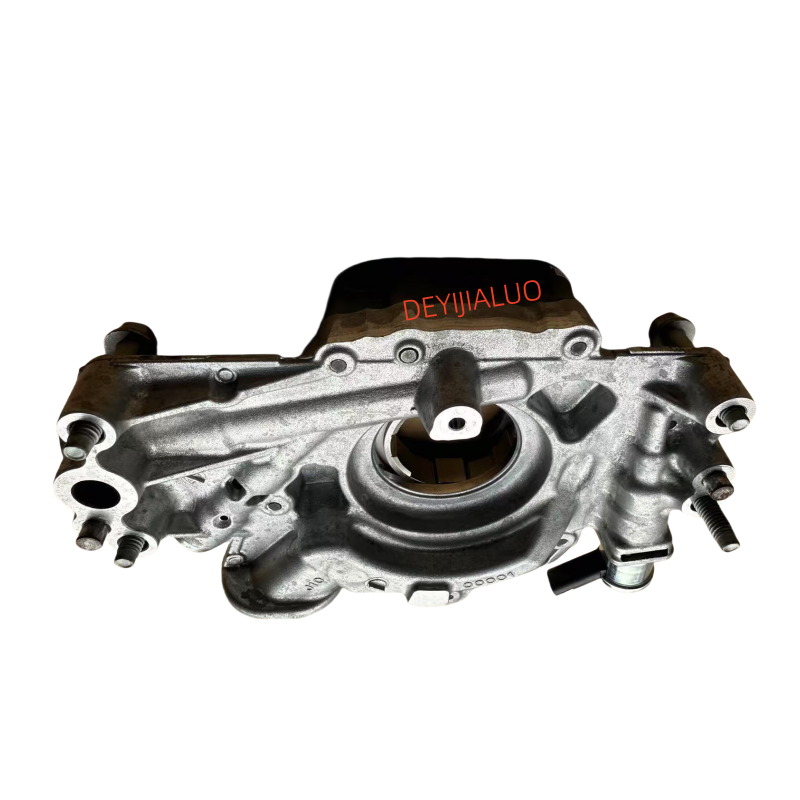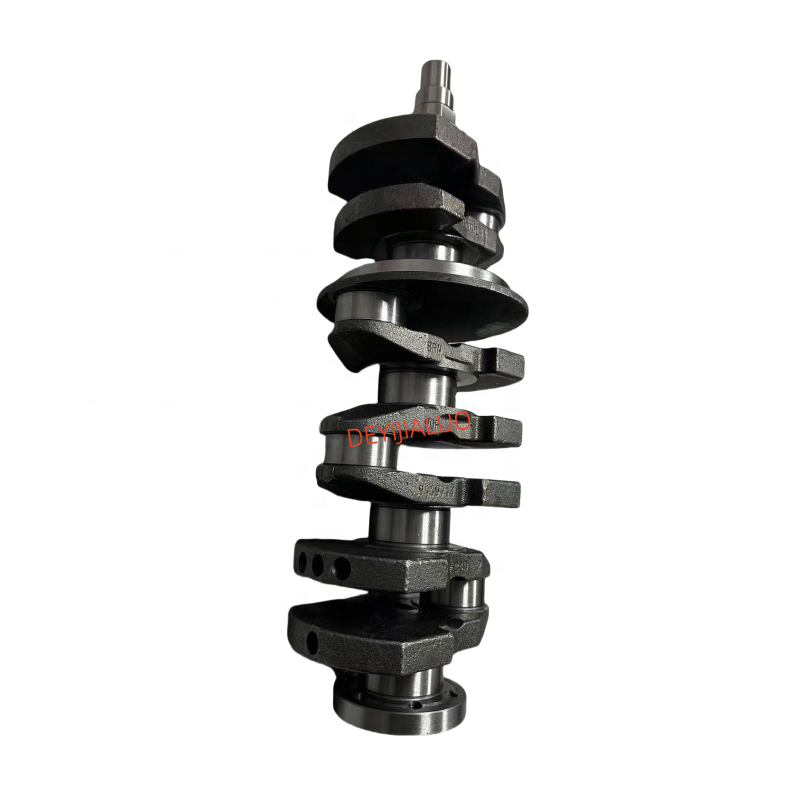Warehouse 9, North Yard, No. 78, Xiushui Street, Langfang, Hebei, China
Exploring the Different Types of Gearboxes Available for Cars: A Comprehensive Guide
Exploring the Different Types of Gearboxes Available for Cars Table of Contents 1. Introduction to Gearboxes in Cars 2. Importance of Gearboxes in Vehicle Performance 3. Types of Gearboxes Available for Cars 3.1 Manual Gearboxes 3.2 Automatic Gearboxes 3.3 Continuously Variable Transmissions (CVT) 3.4 Dual-Clutch Gearboxes 3.5 Tiptron
Sep 12,2025
Exploring the Different Types of Gearboxes Available for Cars
Table of Contents
- 1. Introduction to Gearboxes in Cars
- 2. Importance of Gearboxes in Vehicle Performance
- 3. Types of Gearboxes Available for Cars
- 3.1 Manual Gearboxes
- 3.2 Automatic Gearboxes
- 3.3 Continuously Variable Transmissions (CVT)
- 3.4 Dual-Clutch Gearboxes
- 3.5 Tiptronic Gearboxes
- 3.6 Sequential Gearboxes
- 4. Choosing the Right Gearbox for Your Needs
- 5. Maintenance Tips for Gearboxes
- 6. The Future of Gearbox Technology
- 7. Frequently Asked Questions (FAQs)
- 8. Conclusion
1. Introduction to Gearboxes in Cars
Gearboxes, or transmissions, play a critical role in the operation of a vehicle, allowing the engine’s power to be effectively transmitted to the wheels. They adjust the torque and speed of the engine, enabling a car to accelerate and maintain speed efficiently. Understanding the different types of gearboxes available for cars will not only enhance your knowledge of vehicle mechanics but also help you make informed decisions when purchasing or maintaining a vehicle.
2. Importance of Gearboxes in Vehicle Performance
The gearbox is a vital component that influences various aspects of a vehicle's performance. A well-functioning gearbox ensures smooth transitions between speeds, enhancing driving comfort and efficiency. It optimizes fuel consumption, affects acceleration, and can significantly impact the overall driving experience. For enthusiasts and daily commuters alike, knowing how gearboxes function can inform better choices regarding driving habits and vehicle maintenance.
3. Types of Gearboxes Available for Cars
There are several types of gearboxes available for cars, each designed to meet specific driving needs and preferences. Below, we explore the most common types of gearboxes currently utilized in the automotive industry.
3.1 Manual Gearboxes
Manual gearboxes, often referred to as "stick shifts," require the driver to manually engage and disengage gears using a clutch pedal and gear stick. This type of transmission provides a greater sense of control, allowing drivers to choose the appropriate gear based on speed and engine performance. Manual gearboxes are often preferred by driving enthusiasts who enjoy a more hands-on approach to driving.
**Benefits of Manual Gearboxes:**
- Enhanced control over performance
- Typically lighter and simpler in design
- Generally more fuel-efficient
**Drawbacks of Manual Gearboxes:**
- Requires more driver skill and attention
- Can be tiring in heavy traffic
3.2 Automatic Gearboxes
Automatic gearboxes shift gears automatically based on the vehicle’s speed and engine load, eliminating the need for the driver to manually change gears. This makes them a popular choice for many drivers, particularly in urban environments where stop-and-go traffic is common.
**Benefits of Automatic Gearboxes:**
- Easier to operate, especially in traffic
- Often provide smoother acceleration
- Allow drivers to focus more on the road
**Drawbacks of Automatic Gearboxes:**
- Generally heavier and more complex
- Can be less fuel-efficient compared to manual transmissions
3.3 Continuously Variable Transmissions (CVT)
CVTs offer a unique driving experience by providing an infinite number of gear ratios rather than a fixed set of gears. This allows for seamless acceleration without noticeable shifts, which can enhance fuel efficiency. CVTs are commonly found in hybrid vehicles and smaller cars aimed at maximizing gas mileage.
**Benefits of CVTs:**
- Improved fuel efficiency
- Smooth and uninterrupted acceleration
- Lighter than traditional automatic transmissions
**Drawbacks of CVTs:**
- Can feel less engaging for some drivers
- Potential for higher maintenance costs
3.4 Dual-Clutch Gearboxes
Dual-clutch gearboxes (DCG) combine the benefits of both manual and automatic transmissions. Using two separate clutches for odd and even gears, these gearboxes allow for lightning-fast gear shifts without the power loss typically associated with traditional automatic transmissions. They are increasingly popular in high-performance vehicles.
**Benefits of Dual-Clutch Gearboxes:**
- Lightning-fast gear shifts
- Improved acceleration and performance
- Enhanced driver engagement
**Drawbacks of Dual-Clutch Gearboxes:**
- Higher manufacturing costs
- Can be less smooth in low-speed situations
3.5 Tiptronic Gearboxes
Tiptronic gearboxes provide drivers with the option to shift gears manually while still benefiting from the convenience of an automatic transmission. This hybrid approach allows for greater control without sacrificing the ease of automatic shifting, making it a popular option in many modern vehicles.
**Benefits of Tiptronic Gearboxes:**
- Flexibility of manual and automatic driving
- Enhanced control for performance driving
- Ideal for varied driving conditions
**Drawbacks of Tiptronic Gearboxes:**
- May not offer the same level of engagement as a true manual gearbox
- Shifting can be less responsive compared to manual transmissions
3.6 Sequential Gearboxes
Sequential gearboxes are often used in racing applications, allowing the driver to shift gears in a specific order. Unlike traditional gearboxes that require a clutch pedal for every shift, sequential gearboxes engage gears with a simple lever movement. This design facilitates rapid gear changes, making it ideal for high-performance racing vehicles.
**Benefits of Sequential Gearboxes:**
- Extremely quick gear shifts
- Enhanced performance during racing
- Reduced chance of gear mis-selection
**Drawbacks of Sequential Gearboxes:**
- Not suitable for everyday driving
- Might be challenging for novice drivers
4. Choosing the Right Gearbox for Your Needs
Selecting the appropriate gearbox for your vehicle largely depends on your driving habits and preferences. Here are several factors to consider:
- **Driving Environment:** If you frequently navigate through heavy traffic, an automatic or CVT may be more suitable. For driving enthusiasts who appreciate control, a manual or dual-clutch option could be preferable.
- **Performance Needs:** For high-performance vehicles, dual-clutch and sequential gearboxes offer quick shifts and enhanced speed, while standard automatics may suffice for everyday commuting.
- **Fuel Efficiency:** If maximizing fuel efficiency is a priority, consider vehicles with CVTs or advanced automatics designed for optimal fuel consumption.
5. Maintenance Tips for Gearboxes
Proper maintenance of your vehicle's gearbox is crucial for longevity and reliability. Here are some essential tips:
- **Regular Fluid Changes:** Gearbox fluid is vital for lubrication and cooling. Regularly check and change the fluid as per your manufacturer’s recommendations.
- **Keep an Eye on Performance:** Notice any unusual sounds, shifting issues, or warning lights. Early detection can prevent costly repairs down the line.
- **Consult Professionals:** Regular inspections by certified mechanics can help identify potential issues before they escalate.
6. The Future of Gearbox Technology
The automotive industry is rapidly evolving, and so is gearbox technology. Innovations such as electric transmissions and smarter automatic systems are on the horizon. These advancements promise improved efficiency, better performance, and enhanced driving experiences. As electric and hybrid vehicles become more prevalent, the development of gearboxes tailored specifically for these applications will be key.
7. Frequently Asked Questions (FAQs)
What is the most common type of gearbox in modern cars?
The most common type of gearbox in modern cars is the automatic transmission, due to its convenience and ease of use.
How can I tell if my gearbox needs maintenance?
Signs that your gearbox needs maintenance include slipping gears, unusual noises, or warning lights on the dashboard.
Are manual gearboxes better than automatic?
It depends on personal preference. Manual gearboxes offer more control, while automatics provide ease of use in daily driving.
What is the lifespan of a car gearbox?
With proper maintenance, most gearboxes can last between 150,000 to 200,000 miles or more.
Can I switch from an automatic to a manual gearbox?
Yes, but it requires significant modifications to the vehicle and is typically not recommended unless done by a professional.
8. Conclusion
Understanding the different types of gearboxes available for cars is essential for any vehicle owner. Each type offers unique advantages and is suited for specific driving styles and conditions. By knowing the characteristics of manual, automatic, CVT, dual-clutch, tiptronic, and sequential gearboxes, you can make informed decisions that enhance your driving experience and vehicle performance. Whether you are a casual driver or a passionate automotive enthusiast, knowing your gearbox options is a critical part of your driving journey.
Hot Tags:
Contact Us
E-mail:
1534064519@qq.com
Phone/WhatsApp:
08613910643826
Address:Warehouse 9, North Yard, No. 78, Xiushui Street, Langfang, Hebei, China






